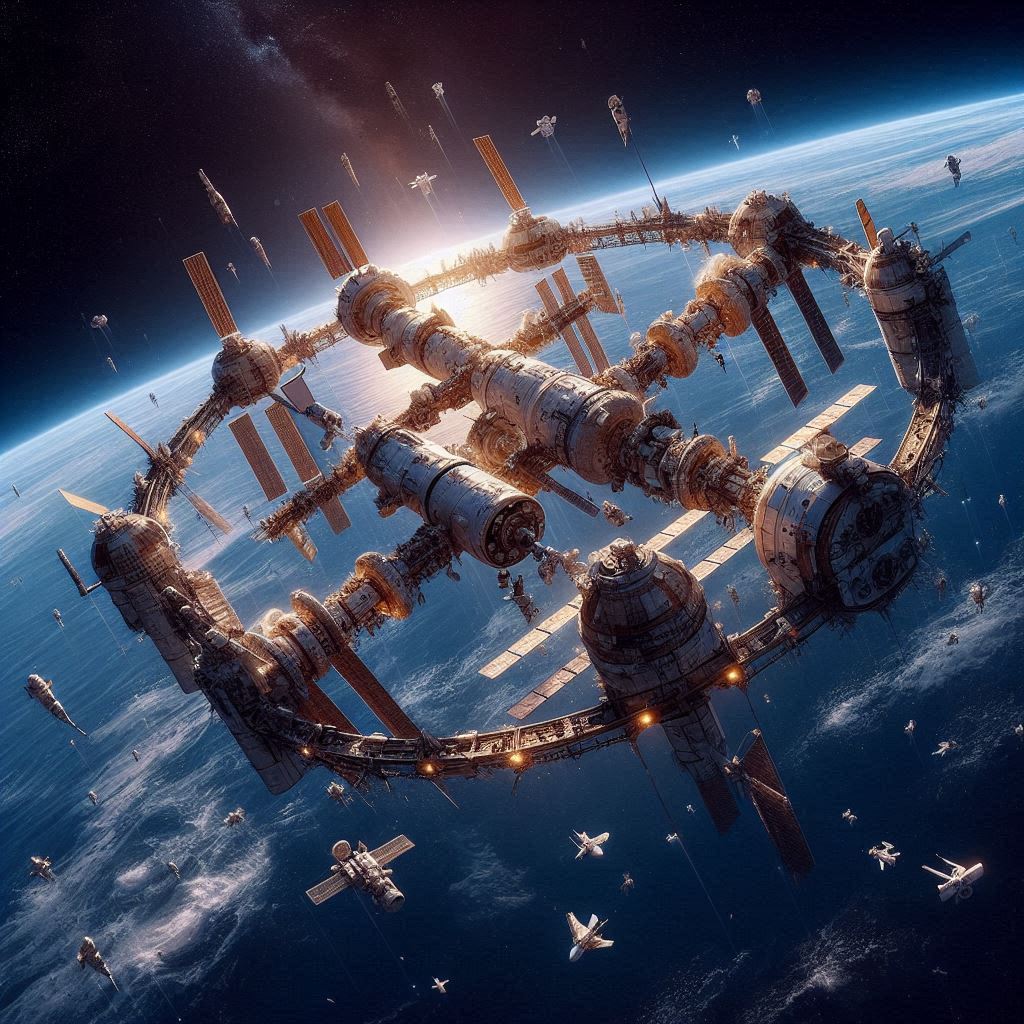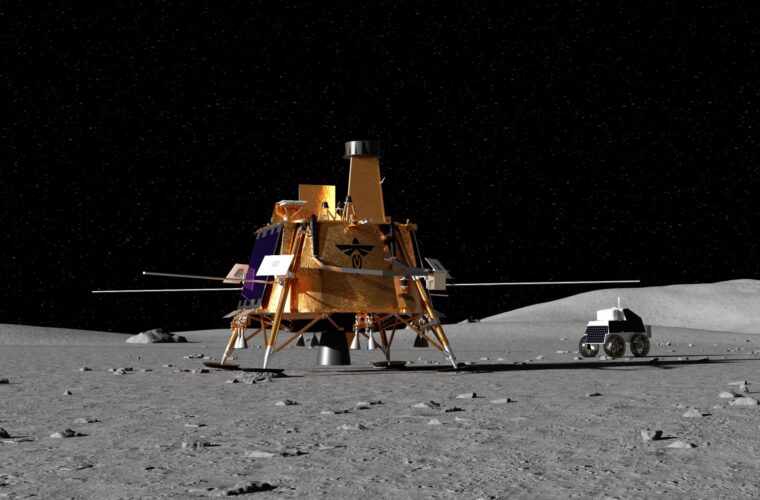The International Space Station (ISS) will finish its work by 2030, and then it will be deorbited and dropped into the Pacific Ocean by the following year. NASA made the announcement a couple of years ago, but now the name of the company that will be responsible for pulling down the ISS is known, and it is SpaceX, for $843 million. To succeed in this task, Elon Musk’s company will have to design and build a new aircraft capable of ‘pushing’ the ISS, which weighs 430 tons, to fall into the Ocean. “The selection of a U.S. aircraft to deorbit the ISS will help NASA and its international partners ensure a safe and responsible transition into low Earth orbit upon completion of station operations.
This decision also supports NASA’s plans for future commercial destinations and enables the continued use of near-Earth space,” said Ken Bowersox, the agency’s director of space operations, in a statement reported by the BBC. Once it reaches the bottom, the ISS will become an artificial reef. The problem is getting it down, given the weight and bulk of the station, but that’s not all because much of the material on board is next-generation and certainly can be salvaged and sent for reuse. The ditching will take place at a remote location in the Pacific known as Point Nemo, which is at least 2,500 km from the nearest island.
The “Lunar Gateway”
After the ISS, what will happen? What will be in its place? NASA, as per the BBC article, seems more interested in other commercial projects, such as the “Lunar Gateway” platform (“Lunar Gateway”) that will orbit the Moon, while leaving it to private consortia to design and launch new international space stations. As explained by the Italian Space Agency, the framework within which the goal of a human return to the Moon is being realized is NASA’s “Artemis” program, which envisions 2024 the lunar landing of the first woman and the next man, the assembly in cislunar orbit of the Lunar Gateway, a scaled-down Space Station, descents to the lunar soil and the construction of a base camp on the Moon’s surface.

All in preparation for future human missions to Mars. The regulatory framework consists of bilateral and multilateral collaborations, with institutional partners, private partners and specific collaborations with the European Space Agency and other ISS partners, for a new version of the race to conquer our natural satellite, the Moon and then the Red Planet. The ISS project is currently led by the United States and Russia, with support from Europe, Canada, and Japan. All Western partners will continue to fund the station until 2030 and Moscow currently until 2028. Much will count on the development of ongoing geopolitical tensions between North America, Europe and Asia.
Oversee and plan missions
Humanity’s relationship with space has changed dramatically during the station’s tenure, with an increased focus on privatized travel and commercialization. NASA continues to oversee and plan missions such as the Artemis lunar program but has transferred almost all of its spacecraft and rocket needs to third parties such as Blue Origin and Boeing. SpaceX, however, has arguably become the most important company for the agency’s future.
The award to SpaceX of the crucial ISS deorbiting contract also marks an important symbolic moment for the industry. It will end a years-long relationship between the company and NASA. NASA first awarded SpaceX a $1.6 billion Commercial Resupply Services (CRS) contract in 2008, saving Musk’s then-struggling spaceflight company from financial ruin. The deal helped usher in a new era for NASA that would see the agency increasingly rely on SpaceX’s rockets and reusable vehicles for a range of missions. Once the ISS is destroyed, NASA plans to shift orbital programs to partnerships aboard various commercial space station projects. In 2031, it will rely on SpaceX to close one of the most significant eras in human exploration.



